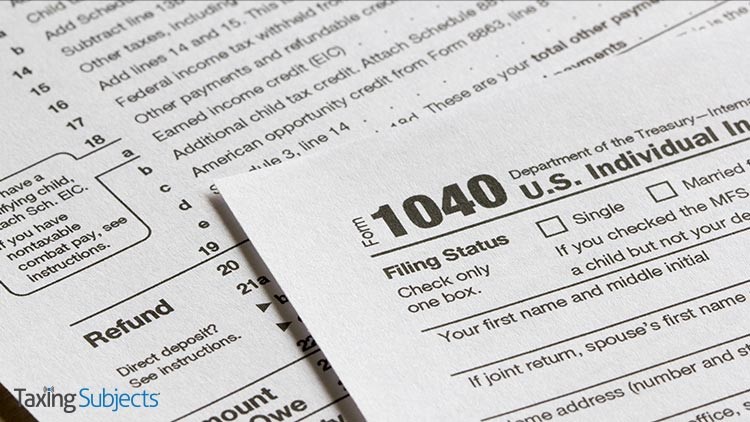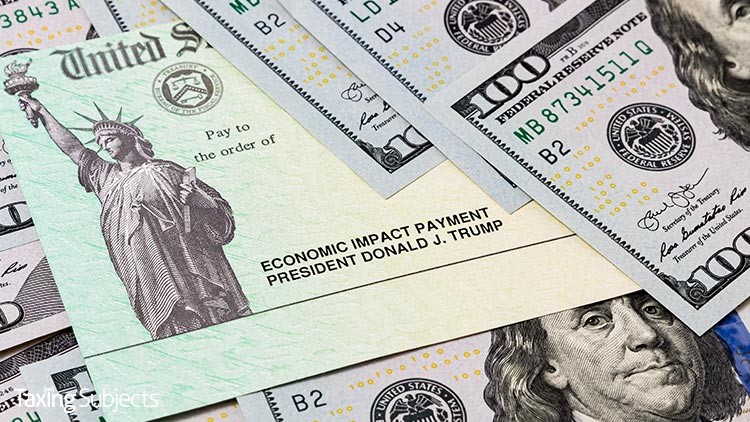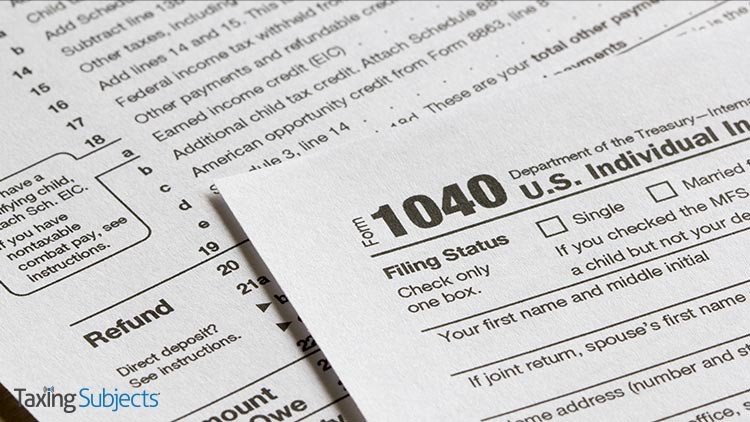
by | Jan 13, 2021 | Tax Tips and News
The Internal Revenue Service is expanding just who is eligible for an Identity Protection PIN. In fact, the IRS has thrown open the gates and now says any taxpayer who can verify their identity can now get an IP PIN.
The IP PIN is a six-digit code that is known only to the taxpayer and the IRS. It helps to stop identity thieves from filing fraudulent tax returns using a taxpayer’s personally identifiable information.
“This is a way to, in essence, lock your tax account, and the IP PIN serves as the key to opening that account,” said IRS Commissioner Chuck Rettig. “Electronic returns that do not contain the correct IP PIN will be rejected, and paper returns will go through additional scrutiny for fraud.”
The IP PIN program was launched nearly a decade ago by the IRS, aimed at protecting confirmed identity theft victims from ongoing tax-related fraud.
In recent years, the IRS expanded the program to specific states where taxpayers could voluntarily opt-in to the IP PIN program. Now, that voluntary program is going nationwide.
Rules of the Game
The IRS says there are few ground rules to keep in mind about the IP PIN Opt-In program:
- This is a voluntary program.
- You must pass a rigorous identity verification process.
- Spouses and dependents are eligible for an IP PIN if they can verify their identities.
- An IP PIN is valid for a calendar year.
- You must obtain a new IP PIN each filing season.
- The online IP PIN tool is offline between November and mid-January each year.
- Correct IP PINs must be entered on electronic and paper tax returns to avoid rejections and delays.
- Never share your IP PIN with anyone but your trusted tax provider. The IRS will never call, text or email requesting your IP PIN. Beware of scams to steal your IP PIN.
- There currently is no opt-out option but the IRS is working on one for 2022.
Getting an IP PIN
Taxpayers who want an IP PIN for 2021 should go online and visit IRS.gov/IPPIN. Use the Get an IP PIN tool.
The online process requires taxpayers to confirm their identities using the Secure Access authentication process. Taxpayers have to verify their identities if they do not already have an IRS account.
See IRS.gov/SecureAccess for what information taxpayers need to be successful in signing up. There is no need to file Form 14039, Identity Theft Affidavit, to opt into the program.
Once taxpayers have authenticated their identities, their 2021 IP PIN will be revealed to them immediately. Once in the program, this PIN must be used when prompted by electronic tax returns or entered by hand near the signature line on paper tax returns.
All taxpayers are encouraged to first use the online IP PIN tool to obtain their IP PIN. Taxpayers who cannot verify their identities online, though, do have options.
Taxpayers whose adjusted gross income is $72,000 or less can complete Form 15227, Application for an Identity Protection Personal Identification Number, and mail or fax the form to the IRS. An IRS customer service representative will then contact the taxpayer and verify their identity by phone. Taxpayers should have their prior year tax return handy for the verification process.
Taxpayers who use this process will have an IP PIN mailed to them the following tax year. This is for security reasons. Once in the program, the IP PIN will be mailed to these taxpayers each year.
Those who can’t verify their identities online or by phone and are ineligible to file Form 15227 can contact the IRS and make an appointment at a Taxpayer Assistance Center to verify their identities in person. Taxpayers should bring two forms of identification, including one government-issued picture ID.
Taxpayers who can verify their identity through the in-person process will have an IP PIN mailed to them within three weeks. Once in the program, the IP PIN will be mailed to these taxpayers each year.
Identity Theft Victims are Safe
Those taxpayers who are confirmed victims of identity theft – or who have filed an identity theft affidavit because of suspected stolen-identity-refund fraud – will automatically receive an IP PIN by mail once their cases are resolved.
Current tax-related identity theft victims who have been receiving IP PINs by mail will see no change.
For more information on IP PINs, visit IRS.gov.IPPIN. The IRS is also encouraging tax professionals and employers to share information with taxpayers about the availability of an IP PIN. Tax pros and employers can print or email Publication 5367 or share IRS social media and e-poster products.
– Story provided by TaxingSubjects.com
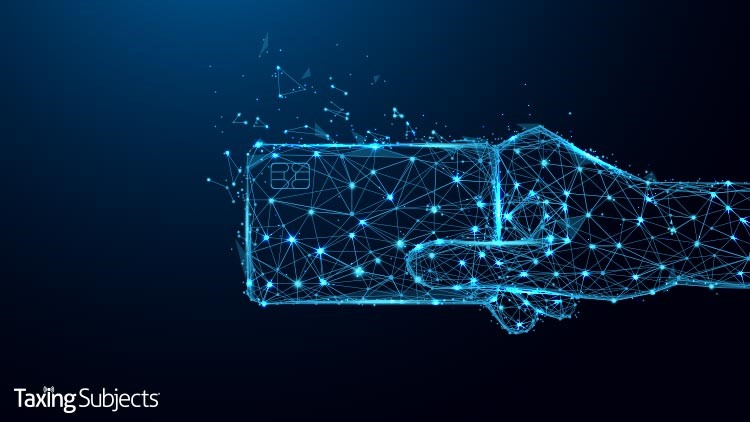
by | Jan 12, 2021 | Tax Tips and News
It’s a busy time for the Treasury Department and the Internal Revenue Service.
They’re sending out some 8 million second-round Economic Impact Payments (EIPs) by prepaid debit card. The debit cards follow millions of EIPs already made by direct deposit and the ongoing mailing of paper checks to deliver the second batch of EIPs as quickly as possible.
Go online to check your payment status
Go online to the IRS website and bring up Get My Payment; if it shows a date that your payment was mailed, you can expect either a paper check or a debit card to arrive by mail.
An IRS release cautions taxpayers, however, that they should not be alarmed if there’s a glitch on the Get My Payment tool:
“For those taxpayers who checked Get My Payment and received a response indicating a direct deposit was to be sent to an account they do not recognize, the IRS advises them to continue to monitor their bank accounts for deposits.
“The IRS emphasizes that the information taxpayers see in the Get My Payment tool, including account numbers and potential deposit dates, may not display an accurate account number as we continue to work through updates. No action is necessary for taxpayers as this work continues; they do not need to call the IRS, their tax provider or their financial institution,” the release continues.
To speed up delivery, the Treasury Department’s Bureau of Fiscal Service is sending payments out by prepaid debit card.
The IRS and the Treasury are urging eligible people who do not get a direct deposit to watch their mail carefully during this time.
The prepaid debit card—called the Economic Impact Payment card—is sponsored by the Bureau of the Fiscal Service and is issued by MetaBank, N.A, the Treasury’s financial agent.
The Treasury does not determine who receives a prepaid debit card.
Taxpayers should keep in mind that the form of payment for this second round of Economic Impact Payments may be different than the first payment. Some people who got a paper check last time might get a prepaid debit card this time around, while some who received a prepaid debit card last time could get a paper check this time.
Moe information about these cards is available at EIPcard.com.
EIP cards are safe and secure
Taxpayers can trust that EIP Cards are safe, secure and convenient. Card recipients can make purchases online or in stores anywhere Visa Debit Cards are accepted. They can get cash from domestic in-network ATMs, transfer funds to a personal bank account – even obtain a replacement EIP card if needed without being charged any fees.
EIP Cards provide consumer protections, including measures guarding against fraud, loss, and other errors.
EIP Cards are being sent in white envelopes that prominently display the seal of the U.S. Department of the Treasury. The EIP Card has the Visa name on the front of the card and the issuing bank name (MetaBank, N.A) on the back of the card.
Each mailing includes instructions on how to securely activate and use the EIP Card.
Cards are being issued to eligible recipients across all 50 states and the District of Columbia. The IRS says residents of the western part of the U.S. are more likely to get an EIP Card.
This second round of payments comes after the successful delivery of more than $270 billion in CARES Act Economic Impact Payments in the first round.
To check the status of a payment, visit IRS.gov/getmypayment.
For more information about Economic Impact Payments, visit IRS.gov/eip.
– Story provided by TaxingSubjects.com
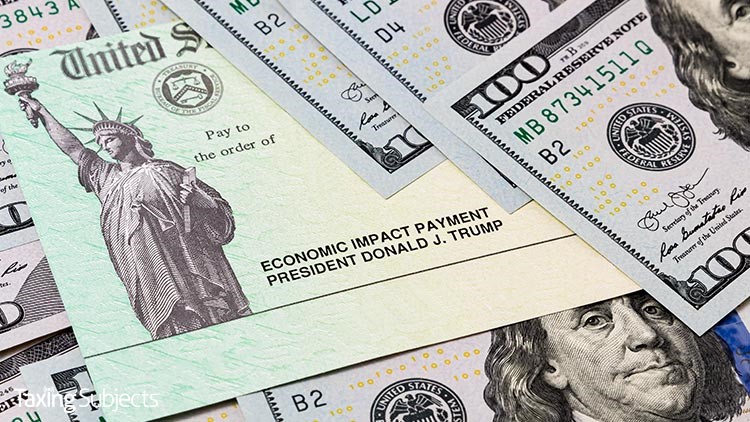
by | Jan 9, 2021 | Tax Tips and News
The Internal Revenue Service this afternoon announced it was working with the tax and financial industry to redirect Economic Impact Payments that were direct deposited in closed, inactive, or “unfamiliar” bank accounts.
“Some recipients may have had their payment directed to the temporary bank account established when their 2019 tax return was filed,” the IRS explains. “The IRS and tax industry partners are taking immediate steps to redirect stimulus payments to the correct account for those affected. The IRS anticipates many additional taxpayers will receive payments following this effort.”
The trouble seems to stem from two things:
- The short window for issuing payments prior to the beginning of filing season
- Federal law governing how banks handle payments sent to inactive accounts
Since Economic Impact Payments are actually an advance of the Recovery Rebate Credit (RRC) and federal law normally requires financial institutions to return money deposited in closed or inactive accounts, it initially appeared that those affected would need to claim the RRC on a tax year 2020 return to receive the stimulus money. Fortunately, it appears many of these payments will be successfully redirected.
Get My Payment, Mailed EIPs, and the Recovery Rebate Credit
The IRS release also contains additional information about direct deposits, mailed Economic Impact Payments, and the Recovery Rebate Credit:
- Direct deposits. For those who have not yet received direct deposits, they should continue to watch their bank accounts for a deposit in coming days. IRS tax industry partners are taking steps to redirect stimulus payments to the correct taxpayer account for as many people as possible. The IRS emphasizes that the information taxpayers see in the Get My Payment tool, including account numbers and potential deposit dates, may continue to display unfamiliar account numbers as the IRS continues to work through and update this issue. No action is necessary for taxpayers as this work continues; they do not need to call the IRS, their tax provider or their financial institution.
- Mail. Some people will receive their second Economic Impact Payment by mail, either as a paper check or in the form of a debit card. For people in this group, the IRS urges people to carefully watch their mail for either of these during January. Additional information is available on IRS.gov.
- Tax returns. While the IRS continues to closely work with our industry partners to quickly deliver more Economic Impact Payments, the IRS reminds eligible taxpayers who don’t receive a payment – or the full amount– that they can claim the Recovery Rebate Credit when they file their 2020 tax return. Taxpayers in this situation are urged to file electronically with direct deposit to ensure their tax refund – and their stimulus payment – reach them as soon as possible.
Finally, the IRS says that incorrect or unfamiliar information in Get My Payment does not mean your EIP was sent to someone else or stolen. “If you do not recognize the account number, it may be an issue related to how information is displayed in the tool tied to temporary accounts used for refund loans/banking products,” the release reads. “The IRS is working to address this. People do not need to complete Form 14039, Identity Theft Affidavit, or contact the IRS.”
Source: “IRS Statement — Update on Economic Impact Payments”
– Story provided by TaxingSubjects.com
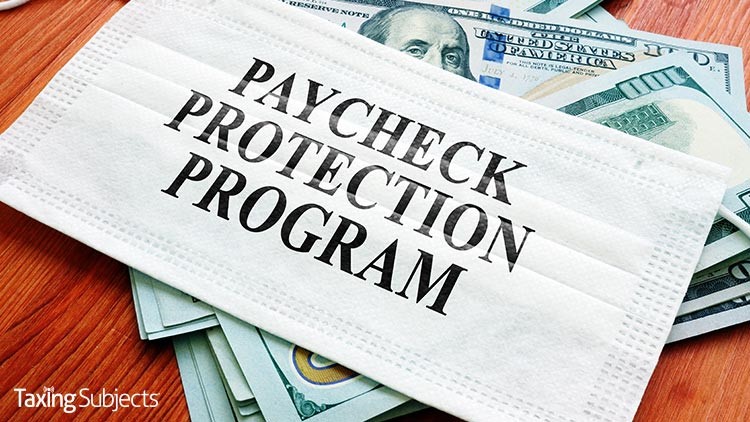
by | Jan 8, 2021 | Tax Tips and News
The Internal Revenue Service has eased the cost of participation in the Paycheck Protection Program (PPP) by allowing deductions for the payment of eligible expenses.
The deductions are outlined in guidance issued by the IRS, and are allowed when such payments would result—or be expected to result—in the forgiveness of a covered loan under the Paycheck Protection Program.
The guidance, contained in Revenue Ruling 2021-02, reflects recent changes to law contained in the Tax Relief Act of 2020. This legislation was part of the Consolidated Appropriations Act, 2021 (Act), Public Law 116-260, which was signed into law on Dec. 27, 2020.
The Tax Relief Act of 2020 amended the Coronavirus Aid, Relief, and Economic Security Act (CARES Act) to say that no deduction is denied, no tax attribute is reduced, and no basis increase is denied by reason of the exclusion from gross income of the forgiveness of an eligible recipient’s covered loan.
The change applies for taxable years ending after March 27, 2020.
Revenue Ruling 2021-02 now makes both Notice 2020-32 and Revenue Ruling 2020-27 obsolete.
The outdated guidance disallowed deductions for the payment of eligible expenses when the payment resulted—or could be expected to result—in forgiveness of a covered loan.
For more information about this new guidance, the COVID-related Tax Relief Act of 2020 and other tax changes, visit the IRS website at IRS.gov.
– Story provided by TaxingSubjects.com

by | Jan 7, 2021 | Tax Tips and News
The Internal Revenue Service is reminding tax professionals and taxpayers that employers need to file Form W-2 and other wage statements by Feb. 1, 2021.
The February deadline is also the date employers must get wage statements to their employees.
The timetable is set by law
Employers are required by law to file copies of their Form W-2, Wage and Tax Statement, and Form W-3, Transmittal of Wage and Tax Statements, with the Social Security Administration by Jan. 31.
However, since Jan. 31 falls on a Sunday in 2021, the deadline this year is the next business day, which happens to be Monday, Feb. 1.
Other forms are due on the Feb. 1 date as well. Form 1099-MISC, Miscellaneous Income, and Form 1099-NEC, Non-employee Compensation, are also due to recipients by the Feb.1 date – with some exceptions.
For other due dates that are related to Form 1099, check out the form’s instructions.
Filing fights fraud
Employers who file their wage statements on time help not only themselves, but the IRS as well. The employer avoids late-filing penalties, and the IRS has time to verify the income taxpayers report on their tax returns, which helps prevent fraud.
As far as filing is concerned, e-filing is the most accurate and convenient way to send the forms to the IRS – by far. In fact, those employers who file 250 or more such information returns in a single calendar year must transmit their filings electronically.
Plan and prepare early
Good preparation now can help employers avoid problems later. For instance, employers can start by verifying or updating employee information, such as:
- Names
- Addresses
- Social Security Numbers
- Individual Taxpayer Identification Numbers
Employers should be sure their account information is current and active with the Social Security Administration as soon as possible. Lastly, employers should order paper Form W-2s, if needed.
It should be noted that are no automatic extensions of time to file Forms W-2. The IRS will only grant extensions for very specific reasons.
Employers should read the instructions for Form 8809, Application for Extension of Time to File Information Returns, for more information.
Source: Tax Tip 2021-01
– Story provided by TaxingSubjects.com

